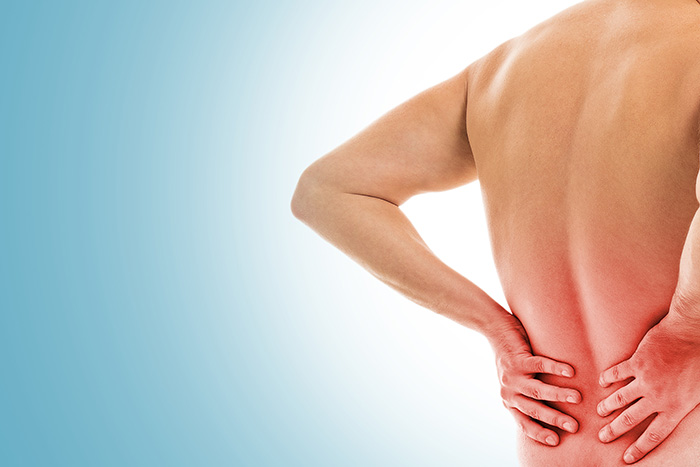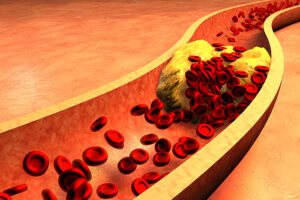Joint and back pain are no longer problems limited to older adults. Younger people, office workers and parents often develop discomfort because of long hours of sitting, carrying children, stress, poor posture and even over-exercising. Over time, this everyday pressure can lead to stiffness, tension and ongoing aches.
In fact, it is estimated that 80 per cent of Singaporeans will suffer from back pain at some point in their lives.
That said, most types of everyday joint and back pain can be managed and prevented with simple habits and the right care.
Here’s what you need to know.
You’re more likely to develop joint or back pain if you:
- Sit for long hours or slouch at your desk
- Lift heavy items with poor posture
- Lead a mostly sedentary, inactive lifestyle
- Over-exercise or push yourself too hard during workouts
- Carry extra weight, which strains joints and the spine
- Have weak stabilising muscles (core, hips, back)
- Have age-related changes that reduce strength and flexibility
If your pain is mild to moderate, try one of these strategies to relieve pain:
#1 Over-the-counter medication
In the short run, you can take pain relievers like paracetamol or ibuprofen to ease discomfort. Warming creams, cooling gels and medicated plasters can also help relieve pain. Do note that these methods are not suitable for long-term pain management!
While heat packs relax tight muscles and improve blood flow, cold packs reduce swelling and numb sharper pain. Generally, cold therapy is used within the first 48 hours of an injury to prevent swelling, and heat therapy is used for more chronic, recurring conditions.
#3 Gentle movement
Bed rest may actually worsen your pain – so try some light stretching or go for a slow walk. These activities can reduce stiffness and actually help your muscles recover.
#4 Improve your workspace
Get a proper office chair, keep screens at eye level and use proper back support to reduce strain from hours at the desk. You can also consider an adjustable desk or taking regular breaks to do some simple exercises, all of which prevent your muscles from stiffening up.
Seek medical attention if the pain comes with any of the following:
- No improvement after a few days
- Numbness, tingling or weakness in your legs
- Difficulty walking or unsteady movement
- Fever, unexplained weight loss or loss of appetite
- Bladder or bowel changes together with back pain
These may indicate a more serious underlying condition.
Small daily habits can make a big difference in keeping the pain at bay:
- Stay active with low-impact exercises like walking, swimming, or cycling
- Strengthen your core and back muscles for better stability
- Stretch regularly to maintain flexibility
- Maintain a healthy weight to reduce joint stress
- Practise good posture at work and at home
- Use proper lifting techniques, such as bending your knees, keeping your back straight and holding objects close
Joint and back pain can disrupt your day, but the right care helps you move comfortably again. Shop on FairPrice Online for your different pain relief needs, or visit your nearest Unity outlet for pain relief creams, heat patches, joint supplements and more.
Our friendly pharmacists can also guide you on safe medication use and recommend options suited to your needs, so you can feel well and stay active every day.




